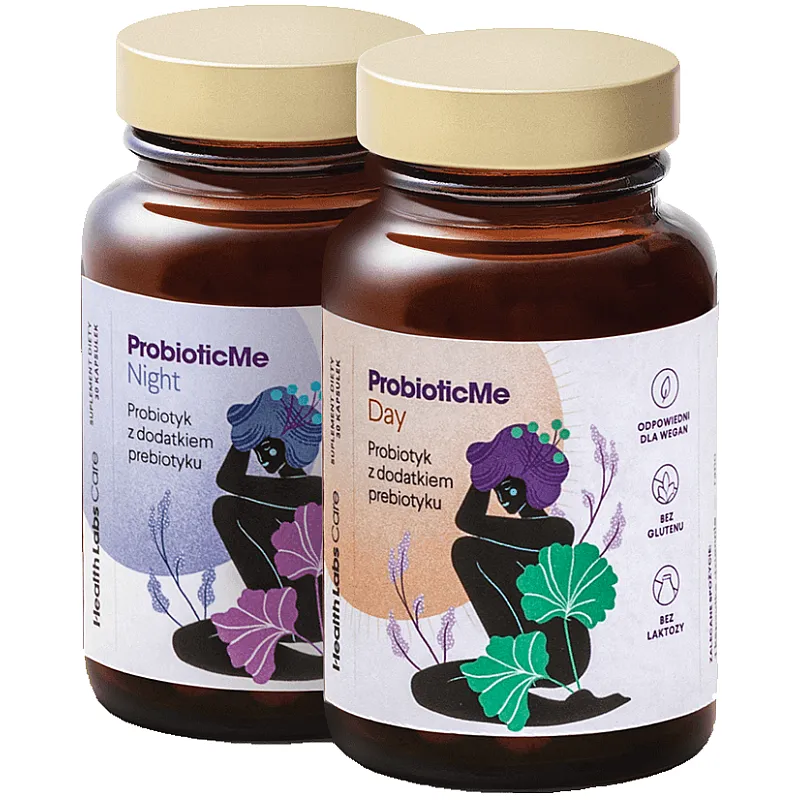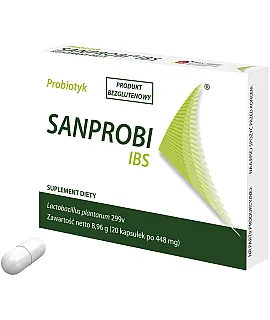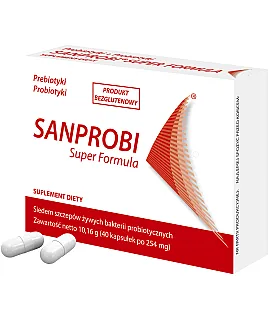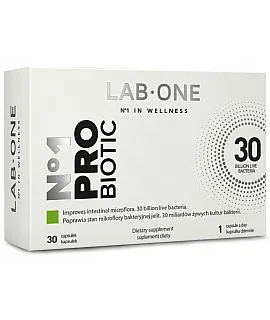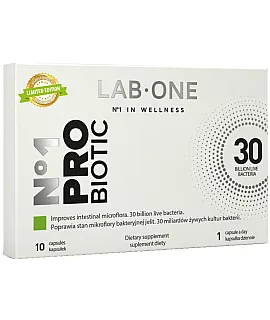- Combination of strictly defined bacterial strains and S. Boulardii yeast
- Added acacia fiber INAVEA™ PURE ACACIA
- Two formulations - for day and night
- Comprehensive action
HealthLabs ProbioticMe is asynbiotic formula containing 7 carefully selectedprobiotic strains and the nutrient component of acacia fiber.
It includes two separate formulas - one for nighttime use and the other for daytime use. The purpose of this treatment is to separate bacteria and candida, which normally like to compete with each other for access to food.
The intestinal microflora plays an incredibly important role in our body. The microorganisms residing in the gastrointestinal tract are involved not only in the processes of digestion and absorption of food, but also significantly affect our immune system.
In the case of dysbiosis of the intestinal microbiota, probiotics prove to be a great support. These are live microorganisms that, when used in adequate amounts, show beneficial effects on health. The task of probiotic therapy is primarily to restore the balance of intestinal bacterial flora, damaged, for example, by strong antibiotics, stress, stimulants, or an improper diet.
The addition of acacia fiber provides an excellent medium for probiotic bacteria. Fiber is not digested in the digestive tract. Once it reaches the intestines, it nourishes the beneficial bacteria and promotes their proliferation.
In summary, HealthLabs ProbioticMe is a carefully composed prebiotic-probiotic formula. It is recommended for people who want to take care of the balance of intestinal microflora.
